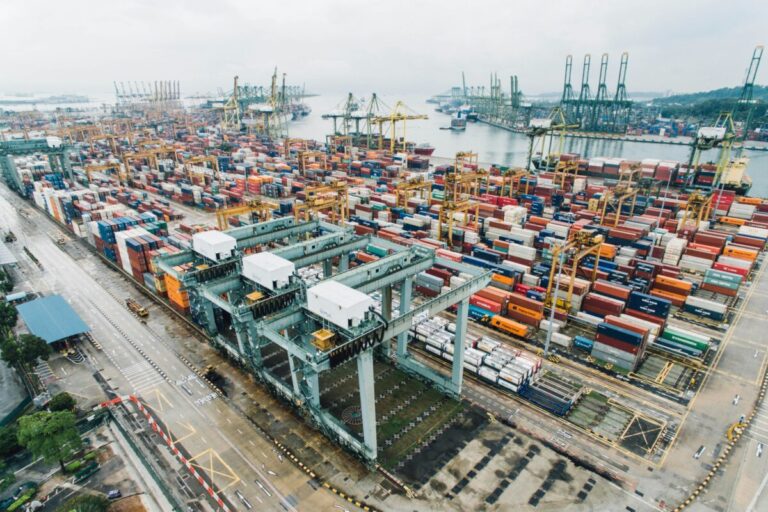The Solar Energy Industries Association (SEIA) has submitted a draft industry standard to help companies meet U.S. Customs and Border Protection (CBP) traceability requirements for importing solar energy components.
SEIA has released a draft industry standard to improve supply chain transparency and help importers of solar energy components comply with U.S. regulations.
Standard 101 The goal is to ensure that importers comply with CBP requirements. SEIA developed it using real-world examples of solar product shipments detained and released by customs officials, with input from manufacturers, developers and third-party auditors.
“As we build domestic manufacturing across the supply chain, this standard will ensure that all solar and storage products installed in the United States meet the highest ethical standards,” said Abigail Ross Hopper, president and CEO of SEIA .
Between import tariffs, anti-dumping and countervailing duties, the Uyghur Forced Labor Prevention Act (UFLPA) and other requirements, there is a complex web of US trade rules that importers must navigate to reach the US market. The SEIA standard serves as a guide through this complex environment.
Standard 101 applies to both companies and products and helps developers and manufacturers map and track the supply chain. Manufacturers can certify individual products and their company. Once published, SEIA will work with third-party auditors to certify proper product tracking. Manufacturers can also have their supply chain management systems certified by SEIA.
“This standard is part of SEIA’s broader efforts to build a strong foundation for the industry and thoughtfully address short- and long-term challenges, positioning the industry for decades of success,” said Ross Hopper.
SEIA has convened stakeholders to develop eleven standards to manage the growth and maturation of the industry. In July, SEIA released Standards 401 and 201 to regulate solar sales and installation practices.
The organization said it expects to publish draft standards on operations and maintenance and environmental, health and safety training for installers and technicians later this year, as well as standards for equipment recycling by 2025.
Standard 101 is now open for public comment and is expected to be published and deployed in the first quarter of 2025.
This content is copyrighted and may not be reused. If you would like to collaborate with us and reuse some of our content, please contact: editors@pv-magazine.com.


